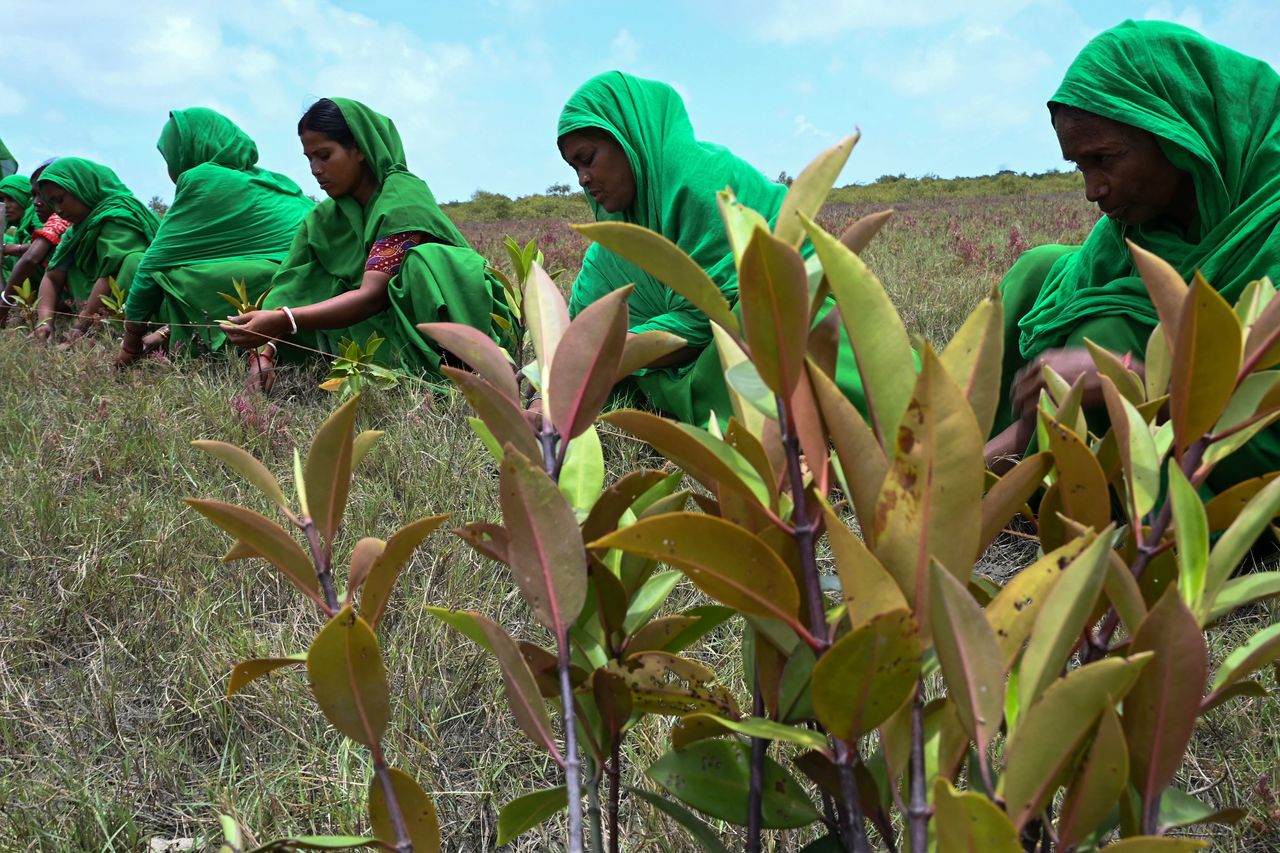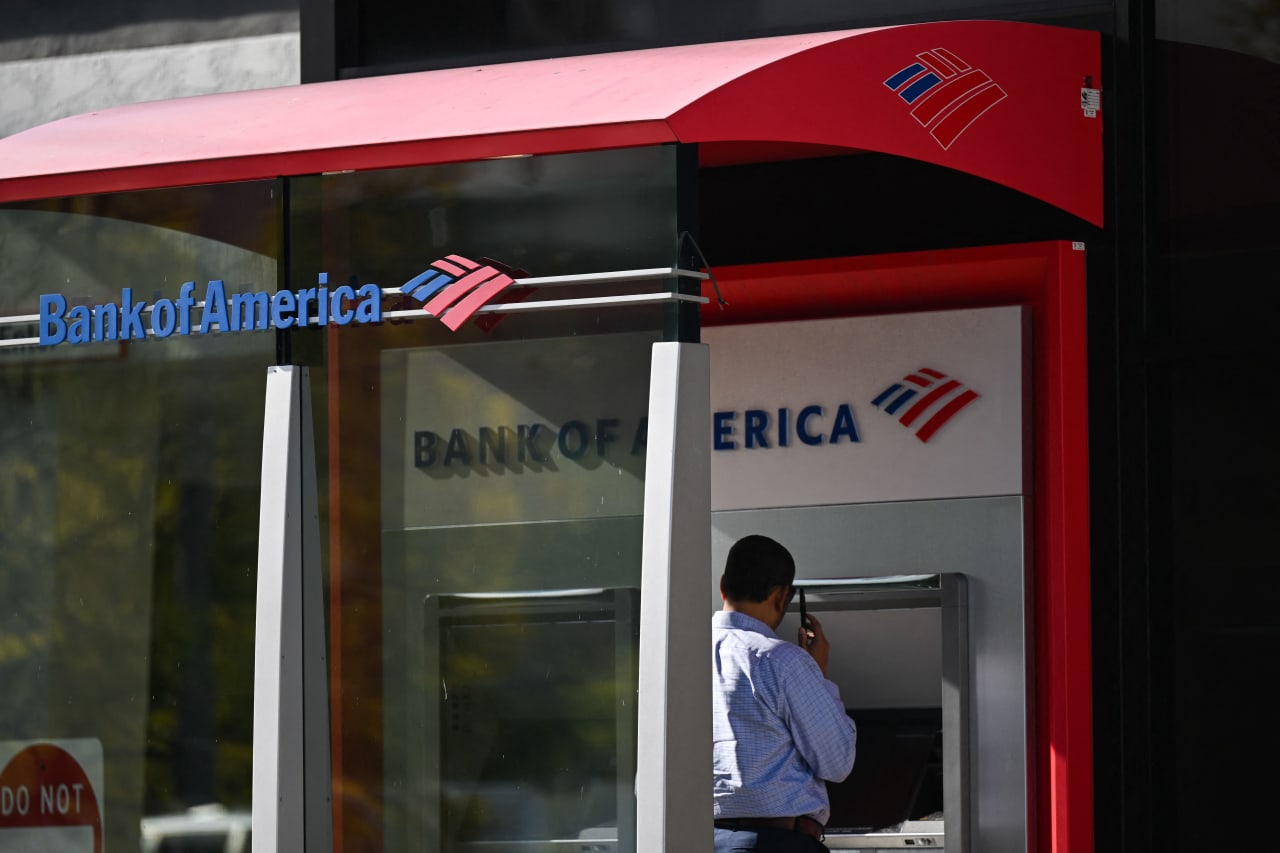Global Generosity Skyrocketed Last Year but Less so in the U.S.
A report based on a GivingTuesday research collaboration delivered hopeful news on global generosity, finding that 83.6% of people worldwide donated to others in some way last year.
But, in a surprising “double-whammy,” the recently released research also found that both the number of givers, and the dollars they donated, fell last year in the U.S. for the first time since 2010. Also, stock market declines in 2022 appeared to cause large donors everywhere to give less.
The research, titled “Rethinking Resilience: Insights from the Giving Ecosystem,” was compiled by GivingTuesday Data Commons, a project involving more than 300 organisations and more than 50 global data labs. The Data Commons looks at “giving behaviours, contexts and patterns, movement growth, and altruistic motivations” with a goal of determining and sharing best practices for driving philanthropy.
GivingTuesday began in 2012 as an effort to encourage charitable contributions on the Tuesday after Thanksgiving in the U.S., and has expanded into a global movement.
“Rethinking Resilience” gleaned data from Asia, Africa, Europe, South America, and North America, finding that 56% of people across the globe gave in at least three ways last year, including donating their time, donating things they owned, or providing money; also, 57% gave to all of the three types of recipients that the report tracked: formal charities, informal groups, and individuals.
The report “makes it clear that in many communities, giving to others is not an optional ‘extra’ but rather a first principle of community membership,” Woodrow Rosenbaum, chief data officer at GivingTuesday said in an introduction to the research.
The Data Commons goal, Rosenbaum said, is to “bring the same sorts of data-driven tools to the social sector that the business sector has had for decades.” These tools should help to counter what has become a narrow view of philanthropy.
“Our research reveals that broadening outreach and engagement to include previously under-represented demographics can significantly improve organizational resilience, especially in times of economic volatility and uncertainty,” Rosenbaum said.
The report found a significant rise in volunteering everywhere, which often happens when the economy is shaky. It also found that young people everywhere were “giving more often and in more ways” than older ones.
Overall, this global data gathering exercise revealed that giving can look far different country to country. The “most inescapable insight,” the report said, is that less wealthy countries were consistently more generous than wealthy ones. Kenya, for instance, demonstrated “a near universal commitment to generosity across all metrics,” with India as a close second.
In the U.S., the number of givers fell by 10%, driven by an 18% drop in new donors and a huge drop in donor retention: 26.4% from first-time donors and 3.5% from repeat givers.
Contributions by “major” philanthropists, who give between US$5,000 and US$50,000, and “supersize” ones who give more than US$50,000 fell the least, but because of the large size of their donations, the drop off was more keenly felt. Total dollar contributions fell by 1.7% last year.
The biggest decline among these philanthropists was in the fourth quarter of last year as a 20% drop in stocks took a toll. That fall off could be “the canary in the coal mine,” the report said. “Should large donors suddenly retreat further, the impact on an unprepared social sector could be devastating.”
The message to nonprofits is to actively build a wider, more diversified base of support beyond big philanthropists to “strengthen resilience and reduce the adverse effects of steadily growing competition for a shrinking pool of increasingly cautious large donors who may be retreating in the face of economic uncertainty and volatility,” the report said.
 Copyright 2020, Dow Jones & Company, Inc. All Rights Reserved Worldwide. LEARN MORE
Copyright 2020, Dow Jones & Company, Inc. All Rights Reserved Worldwide. LEARN MORE
This stylish family home combines a classic palette and finishes with a flexible floorplan
Just 55 minutes from Sydney, make this your creative getaway located in the majestic Hawkesbury region.
When will Berkshire Hathaway stop selling Bank of America stock?
Berkshire began liquidating its big stake in the banking company in mid-July—and has already unloaded about 15% of its interest. The selling has been fairly aggressive and has totaled about $6 billion. (Berkshire still holds 883 million shares, an 11.3% interest worth $35 billion based on its most recent filing on Aug. 30.)
The selling has prompted speculation about when CEO Warren Buffett, who oversees Berkshire’s $300 billion equity portfolio, will stop. The sales have depressed Bank of America stock, which has underperformed peers since Berkshire began its sell program. The stock closed down 0.9% Thursday at $40.14.
It’s possible that Berkshire will stop selling when the stake drops to 700 million shares. Taxes and history would be the reasons why.
Berkshire accumulated its Bank of America stake in two stages—and at vastly different prices. Berkshire’s initial stake came in 2017 , when it swapped $5 billion of Bank of America preferred stock for 700 million shares of common stock via warrants it received as part of the original preferred investment in 2011.
Berkshire got a sweet deal in that 2011 transaction. At the time, Bank of America was looking for a Buffett imprimatur—and the bank’s stock price was weak and under $10 a share.
Berkshire paid about $7 a share for that initial stake of 700 million common shares. The rest of the Berkshire stake, more than 300 million shares, was mostly purchased in 2018 at around $30 a share.
With Bank of America stock currently trading around $40, Berkshire faces a high tax burden from selling shares from the original stake of 700 million shares, given the low cost basis, and a much lighter tax hit from unloading the rest. Berkshire is subject to corporate taxes—an estimated 25% including local taxes—on gains on any sales of stock. The tax bite is stark.
Berkshire might own $2 to $3 a share in taxes on sales of high-cost stock and $8 a share on low-cost stock purchased for $7 a share.
New York tax expert Robert Willens says corporations, like individuals, can specify the particular lots when they sell stock with multiple cost levels.
“If stock is held in the custody of a broker, an adequate identification is made if the taxpayer specifies to the broker having custody of the stock the particular stock to be sold and, within a reasonable time thereafter, confirmation of such specification is set forth in a written document from the broker,” Willens told Barron’s in an email.
He assumes that Berkshire will identify the high-cost Bank of America stock for the recent sales to minimize its tax liability.
If sellers don’t specify, they generally are subject to “first in, first out,” or FIFO, accounting, meaning that the stock bought first would be subject to any tax on gains.
Buffett tends to be tax-averse—and that may prompt him to keep the original stake of 700 million shares. He could also mull any loyalty he may feel toward Bank of America CEO Brian Moynihan , whom Buffett has praised in the past.
Another reason for Berkshire to hold Bank of America is that it’s the company’s only big equity holding among traditional banks after selling shares of U.S. Bancorp , Bank of New York Mellon , JPMorgan Chase , and Wells Fargo in recent years.
Buffett, however, often eliminates stock holdings after he begins selling them down, as he did with the other bank stocks. Berkshire does retain a smaller stake of about $3 billion in Citigroup.
There could be a new filing on sales of Bank of America stock by Berkshire on Thursday evening. It has been three business days since the last one.
Berkshire must file within two business days of any sales of Bank of America stock since it owns more than 10%. The conglomerate will need to get its stake under about 777 million shares, about 100 million below the current level, before it can avoid the two-day filing rule.
It should be said that taxes haven’t deterred Buffett from selling over half of Berkshire’s stake in Apple this year—an estimated $85 billion or more of stock. Barron’s has estimated that Berkshire may owe $15 billion on the bulk of the sales that occurred in the second quarter.
Berkshire now holds 400 million shares of Apple and Barron’s has argued that Buffett may be finished reducing the Apple stake at that round number, which is the same number of shares that Berkshire has held in Coca-Cola for more than two decades.
Buffett may like round numbers—and 700 million could be just the right figure for Bank of America.
This stylish family home combines a classic palette and finishes with a flexible floorplan
Just 55 minutes from Sydney, make this your creative getaway located in the majestic Hawkesbury region.






















